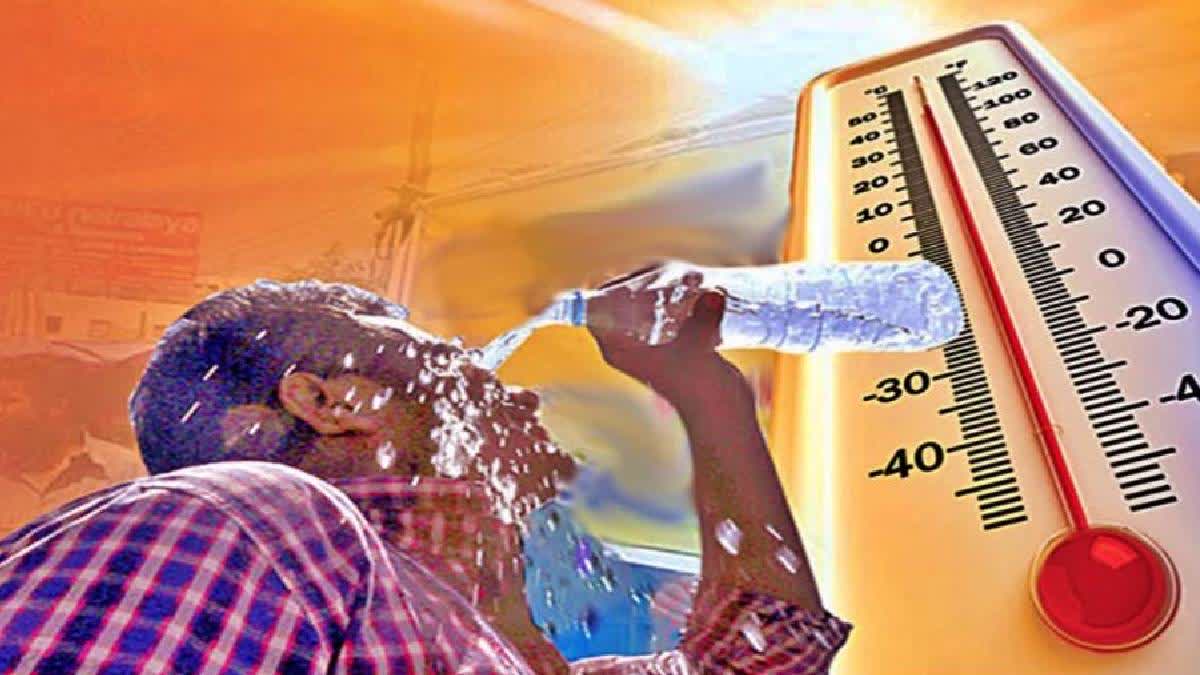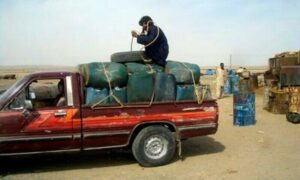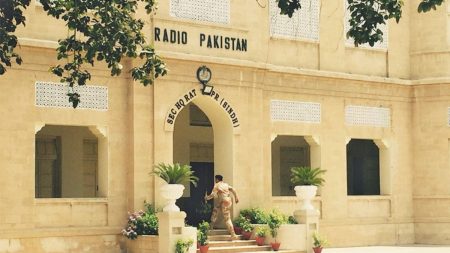Authorities in the eastern Indian states of Bihar and Odisha reported that at least 15 people had died from suspected heatstroke on Thursday. The region is currently experiencing a crippling heatwave that is predicted to last until Saturday.India has been having an extremely hot summer. This week, an area of the nation’s capital, Delhi, achieved the highest temperature ever recorded there, at 52.9 degrees Celsius. However, the meteorological agency may need to review the station’s sensors before confirming the figure.
The India Meteorological Department (IMD) said that although temperatures in northwest and central India are expected to decrease over the next few days, the current heatwave over east India is likely to last for two days. The IMD defines a heatwave as one where the temperature is 4.5°C to 6.4°C higher than normal. Ten deaths were reported at the government hospital in the Rourkela region of Odisha on Thursday, officials told Reuters. Five deaths were reported as a result of “sunstroke” in the city of Aurangabad in Bihar.
According to Aurangabad District Collector Shrikant Shastree, Reuters, “about seven more people died on their way to the hospital yesterday, but the exact cause of their death will be known after the autopsy.” When the temperature peaks, from 11 a.m. to 3 p.m., the Odisha government forbids its personnel from engaging in outside activities.
According to local media, three persons in the neighboring state of Jharkhand, Bihar, died from what seemed to be heatstroke. With temperatures so hot that birds and wild animals in Delhi are fainting or becoming ill, the 1,200-person municipal zoo is depending on pools and sprinklers to provide comfort.
The zoo’s director, Sanjeet Kumar, told news agency ANI, “We have shifted to summer management diet, which includes a more liquid diet as well as all the seasonal fruits and vegetables which contain more water.” Delhi, where Friday’s high is predicted to reach 43°C, has already seen its first heat-related fatality of the week and is severely short on water.
Millions of people in Asia, particularly in Pakistan, India’s neighbor, have been battling record high temperatures; experts claim that human-caused climate change has made this trend worse. India, the third-largest emitter of greenhouse gases in the world, is hosting its national elections in the midst of a heat wave. However, the country has set a goal to achieve net-zero emissions by 2070.
While parts of the nation are experiencing heatwaves, the northeastern regions of Manipur and Assam are experiencing severe rainfall in the wake of Cyclone Remal, with some places submerged on Friday. Two days earlier than expected on Thursday, monsoon rains also reached the shore of Kerala, the southernmost state in the nation.









